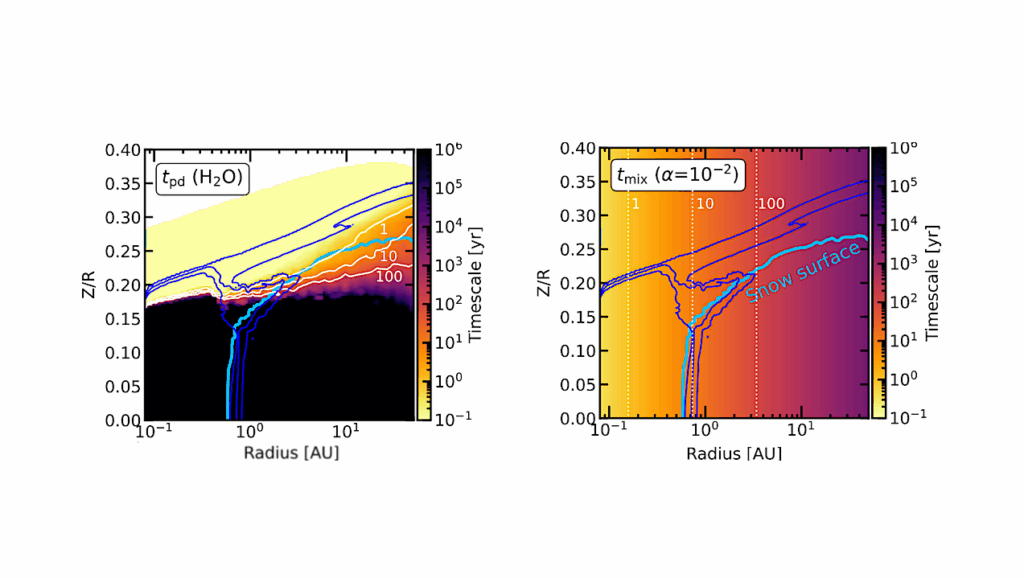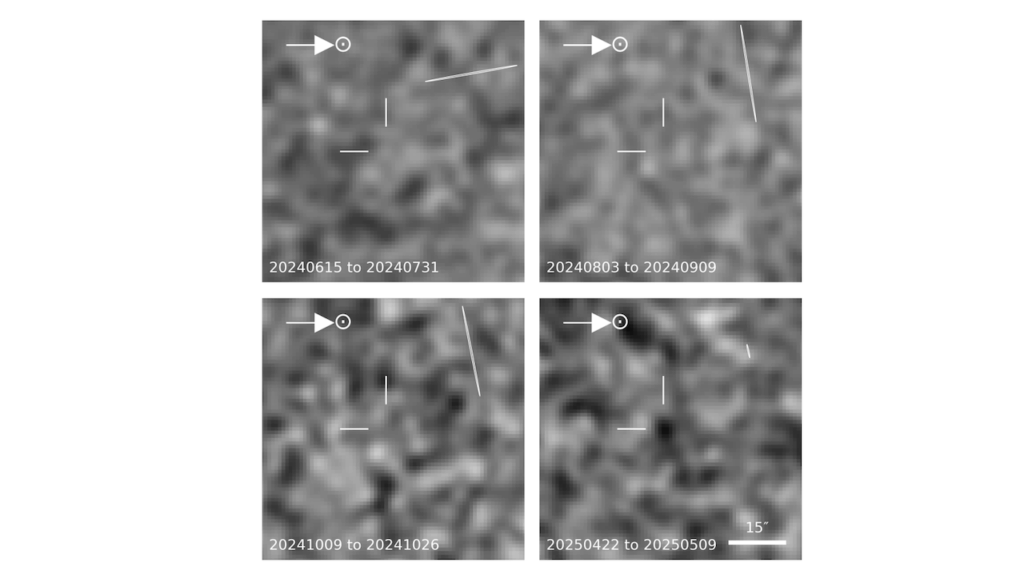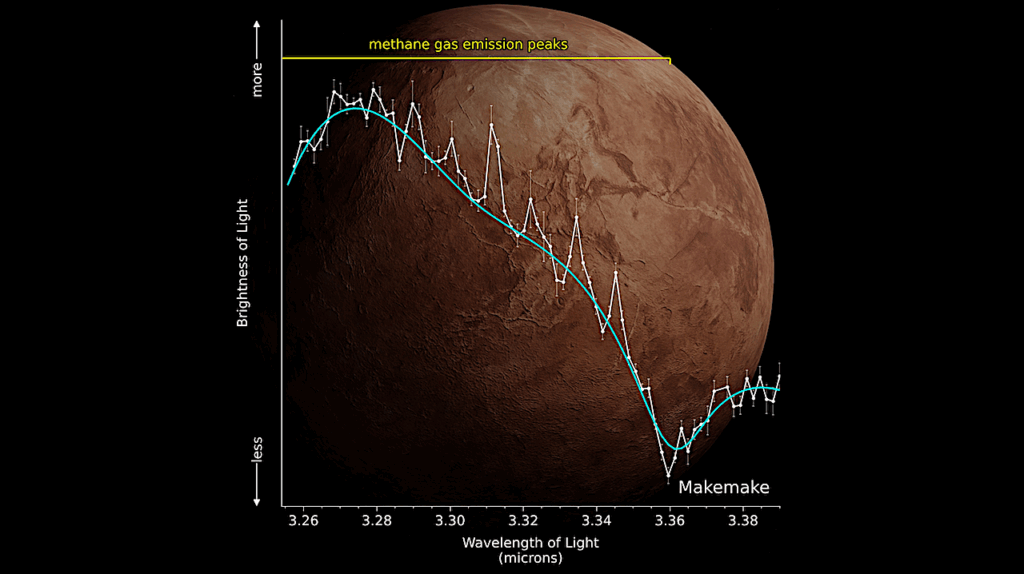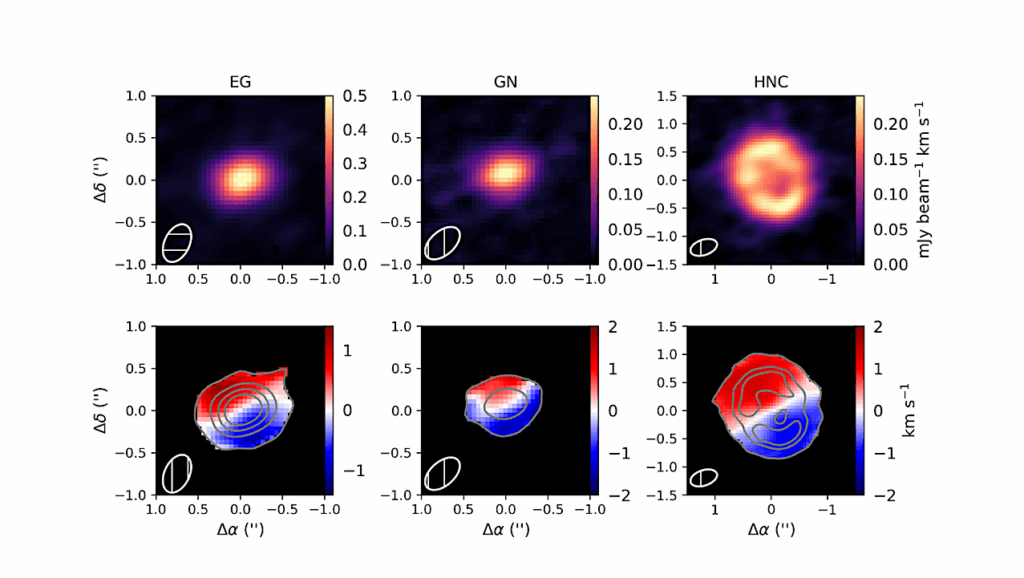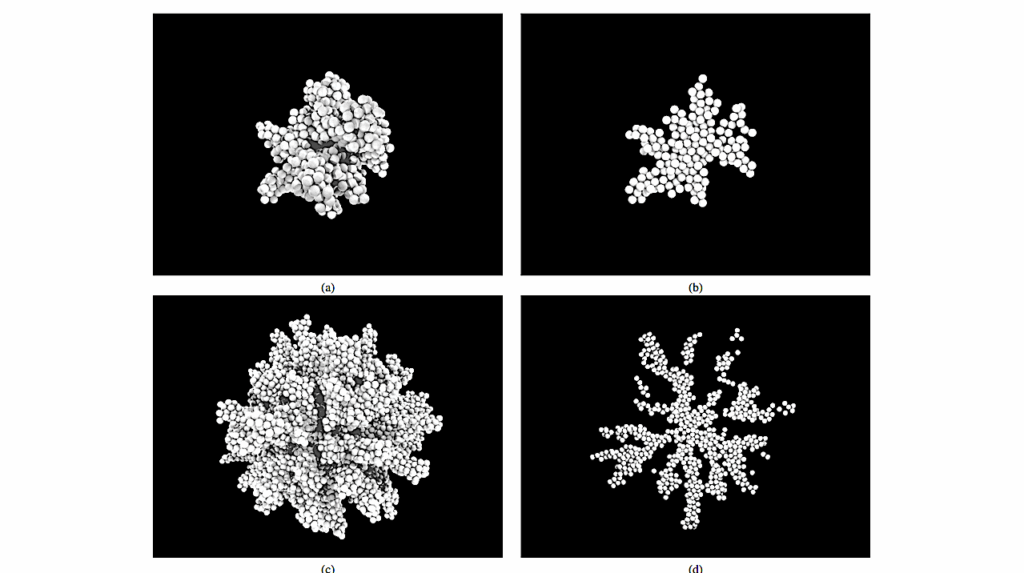Workshop On Bennu And Ryugu: Samples From The Early Solar System
The Workshop on Bennu and Ryugu: Samples from the Early Solar System is scheduled for October 7–9, 2025, at the Lunar and Planetary Institute (LPI) in Houston, Texas.
Purpose and Scope
This hybrid workshop will feature invited and contributed presentations aimed at studies of returned samples from Bennu (OSIRIS-REx mission) and Ryugu (Hayabusa2 mission), and perspectives on future asteroidal sample return.
In the past five years, NASA’s OSIRIS-REx and JAXA’s Hayabusa2 missions have made history by returning the first samples from carbonaceous asteroids Bennu and Ryugu, respectively.
Analyses of these two sets of samples show that their mineralogies are remarkably similar to one another and to CI carbonaceous chondrites in our terrestrial meteorite collections. They contain abundant hydrated silicates, carbonates, magnetite, and sulfides, all of which signify intense and pervasive aqueous alteration on their respective parent bodies. Despite such aqueous alteration, remnants of dust from the solar protoplanetary disk, presolar grains, chondrule fragments, organic compounds, and amino acids are preserved.
This workshop will bring together scientists who have worked on these groundbreaking missions and one-of-a-kind samples to share and discuss what we have learned about the origins of these asteroids and our early solar system.
More information https://www.hou.usra.edu/meetings/bennuryugu2025/
Astrobiology, Astrochemistry,



